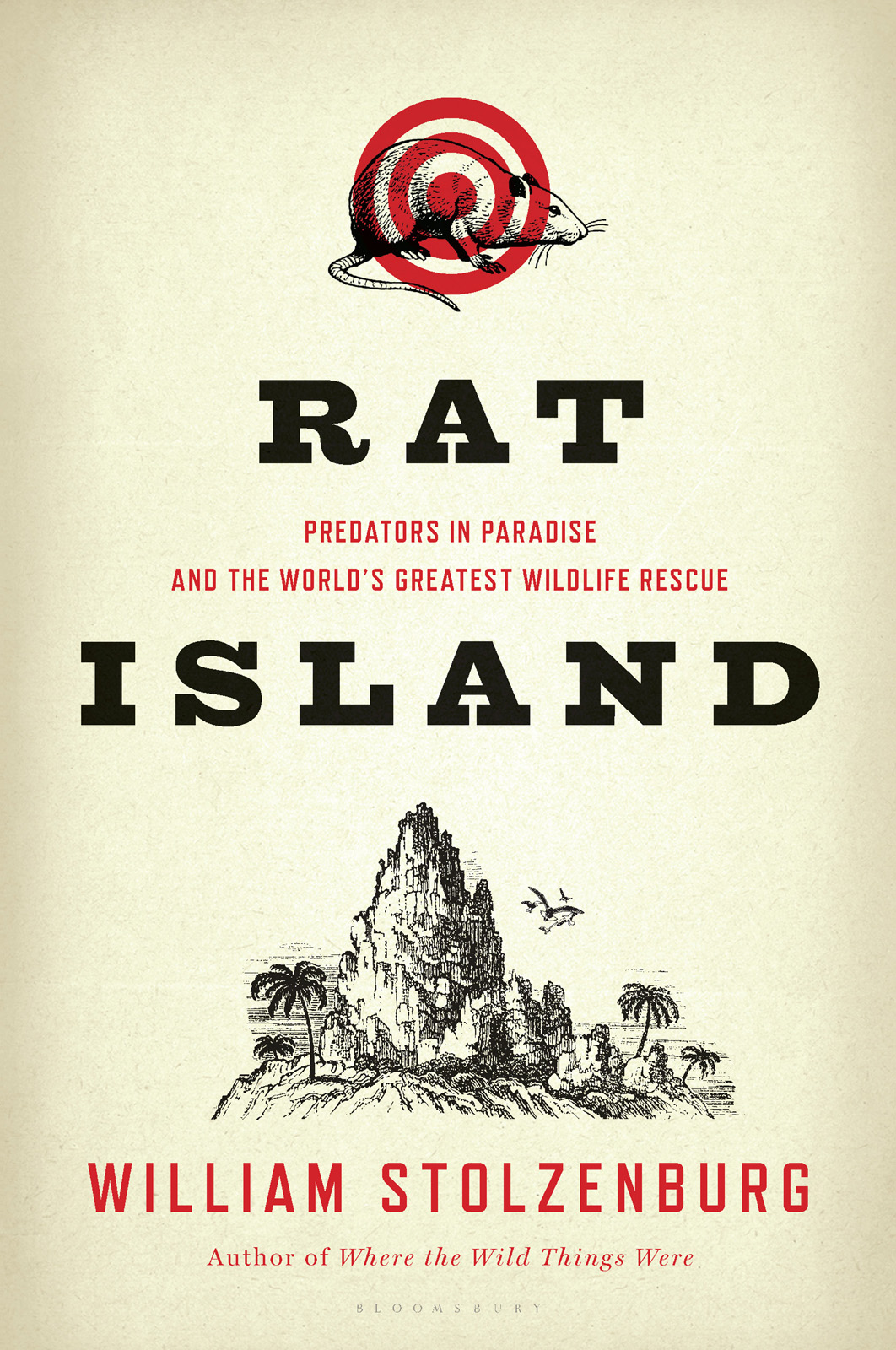
Rat Island
Predators in Paradise and the World's Greatest Wildlife Rescue
- اطلاعات
- نقد و بررسی
- دیدگاه کاربران
نقد و بررسی

March 28, 2011
Stolzenburg (Where the Wild Things Were) tells the story of oceanic island animals who make up nearly half of all endangered species. These animals are being decimated by nonnative mainland species brought ashore by explorers: rats, rabbits, and goats.With local fauna imperiled and islands overrun, imported species are being dispatched by any means necessary, including poison, spring-loaded steel-jawed traps, hunting dogs, and guns. Stolzenburg brings a keen eye and thirst for adventure to the front lines of this controversial battle, examining the research and perspective of scientists, conservationists, PETA, and the Nature Conservancy. With the Earth in the middle of the "sixth mass extinction" as tens of thousands of species die out every year, this study brings important attention to a little known issue, and Stolzenburg probes the moral implications of saving one species by killing another with remarkable fair-mindedness and a temperance rare and needed in the passionate animal rights debate.

April 15, 2011
Veteran science writer Stolzenburg (Where the Wild Things Were: Life, Death, and Ecological Wreckage in a Land of Vanishing Predators, 2008) pursues the question of the predator-prey dynamic.
As the author reported in his first book, such well-intended interventions in nature as the removal of wolves from Yellowstone Park can have negative consequences. Here, Stolzenburg takes another look at ecological engineering. As humans have moved across the planet, rats have traveled with us. An amazing 20 percent of the animal species on Earth live on islands, and nearly half are endangered by rats, feral cats, weasels, goats, pigs and rabbits which have been introduced by humans either inadvertently or as a food source. Most at risk are birds whose eggs and nestlings provide a source of food for these predators. In 1964, New Zealand's Wildlife Service was alerted to an outbreak of rats that threatened to overrun one of their last pristine refuges on Big South Cape Island. They were especially concerned to rescue the endangered kakapo, a green parrot so large that it neither flies nor swims. Attempts to remove them to safer environments proved only marginally successful, and the last resort appeared to be the eradication of feral cats and rats by systematic large-scale poisoning. Animal-rights advocates began an extensive campaign to stop the program when it was introduced to Santa Cruz off the coast of Southern California, but they were unsuccessful and it has continued. "As of the summer of 2010," writes the author, "conservation specialists had conducted more than eight hundred eradications of destructive mammals from islands they had breached with human help." Rats have been eliminated, and songbird habitats preserved. The question remains, however: Do we have the right to intervene in nature on this scale?
A tough, nuanced consideration of ethical issues that arise from man's relationship to nature.
(COPYRIGHT (2011) KIRKUS REVIEWS/NIELSEN BUSINESS MEDIA, INC. ALL RIGHTS RESERVED.)




دیدگاه کاربران